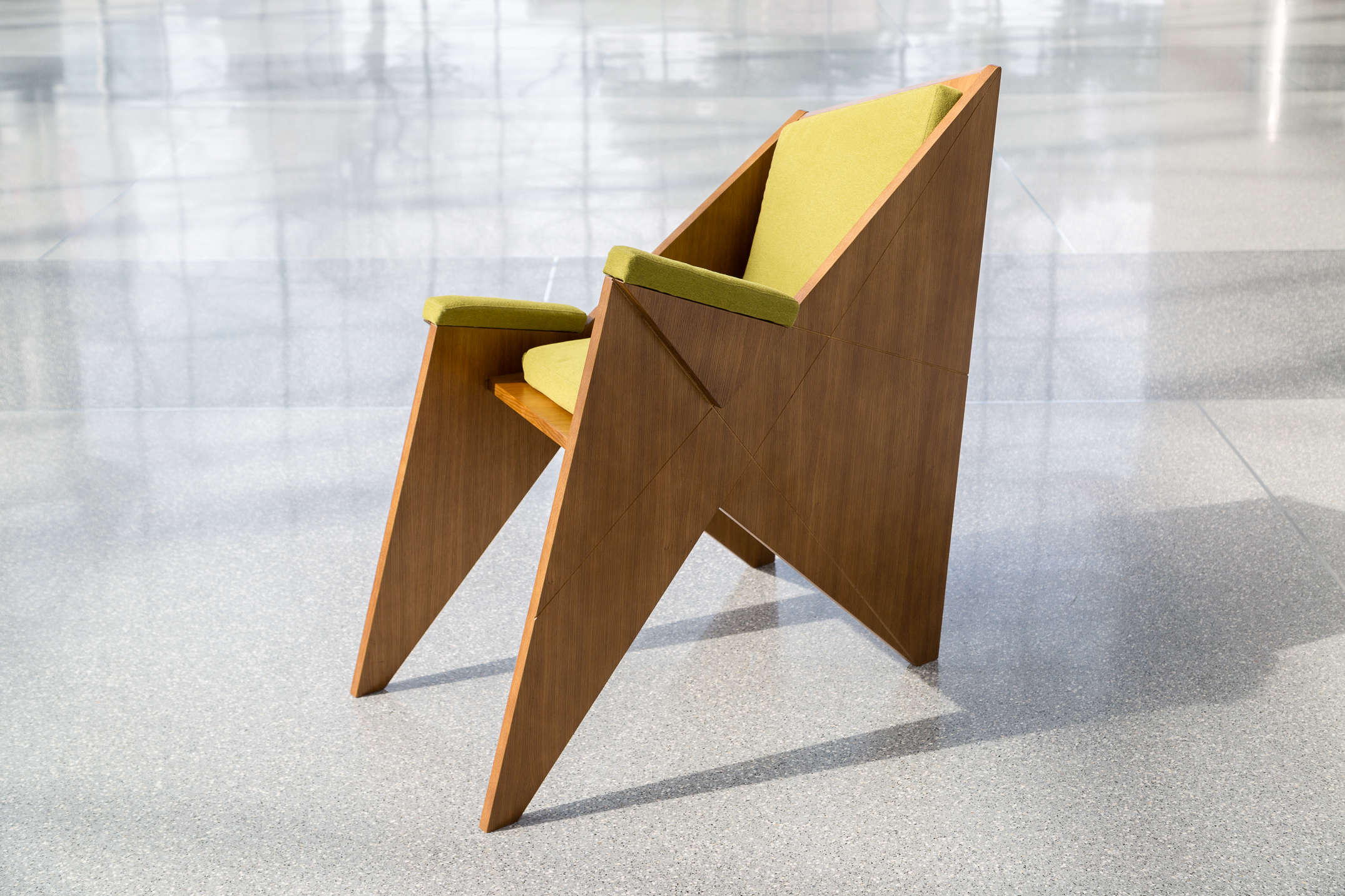Topics Covered: Human Factors, Modelling, Raw Materials & Classic Design
Inter-disciplinery connectons: Art, Business, Biometrics,
Introduction
This project will focus on:
- Art or Design movement/period:
- Art Deco
- Bauhaus
- Modernism
- Steam Punk
- My Stool Pinterest Collection
- Classic designs
- Ergonomics and anthropometrics
- Design development & modelling
- Creativity and innovation.
- Creative thinking techniques
- How to develop practical solutions to meet real needs for specific markets.
- Modelling techniques.
- Evaluating designs/models.
- Client/Expert/Peer interactions.
Task: Is to model and build a prototype of a stool from a Art/Design movement.
Definition of a Stool: a seat without a back or arms on three to four legs or on a pedestal/stand.
Design Specifications
| Priority | Specification | Justification |
| 1. Aesthetics |
|
|
| 2. Material |
|
|
| 3. Safety |
|
|
| 4. Environment |
|
|
| 5. Size Constraints |
|
|
| 6. Comfort |
|
|
- First you need to identify a real person as a client (it cannot be yourself!) and discuss with them which Art/Design Movement they would prefer.
- Research that style and pull out the major elements that defines it. You may need to talk to experts (Visual Arts or DT teachers/students) and carry out a literature search to gain a better understanding.
- After choosing, briefly analyse the style and stoosl by looking at function, aesthetics, fitness for purpose, materials, safety, ergonomics, etc.
- Focus on using a variety of methods; from napkin sketches (with annotations), 4 3D freehand annotated sketches (showing various aspects of you design).
- Produce low fidelity models from card, balsa or other materials that will be evaluated against the specifications and with your target audience.
- Produce higher fidelity models such as CAD or 3d printed models that will be evaluated against the specifications and with your target audience.
- At all stages of the design development you need to be in discussions with your client/expert/peers.
Requirements:
- A4 format portfolio
- Font Arial 11
- Scanned images (with annotations) that are legible – penmanship is important.
- Length/Pages: Check IB and WAB recommendations
- Explicit documentation of design thinking.
- Development of ideas.
- Concept modelling.
- Chosen solution that is justified.
- A short survey (with results and analysis) of the perceived success of your idea.
- An evaluation of the procedure and a conclusion which clearly refers back to the need, brief and specification.
Assessment: Criterion B.
Due date: TBA
http://www.metmuseum.org/toah/
http://www.metmuseum.org/toah/hd/bauh/hd_bauh.htm



